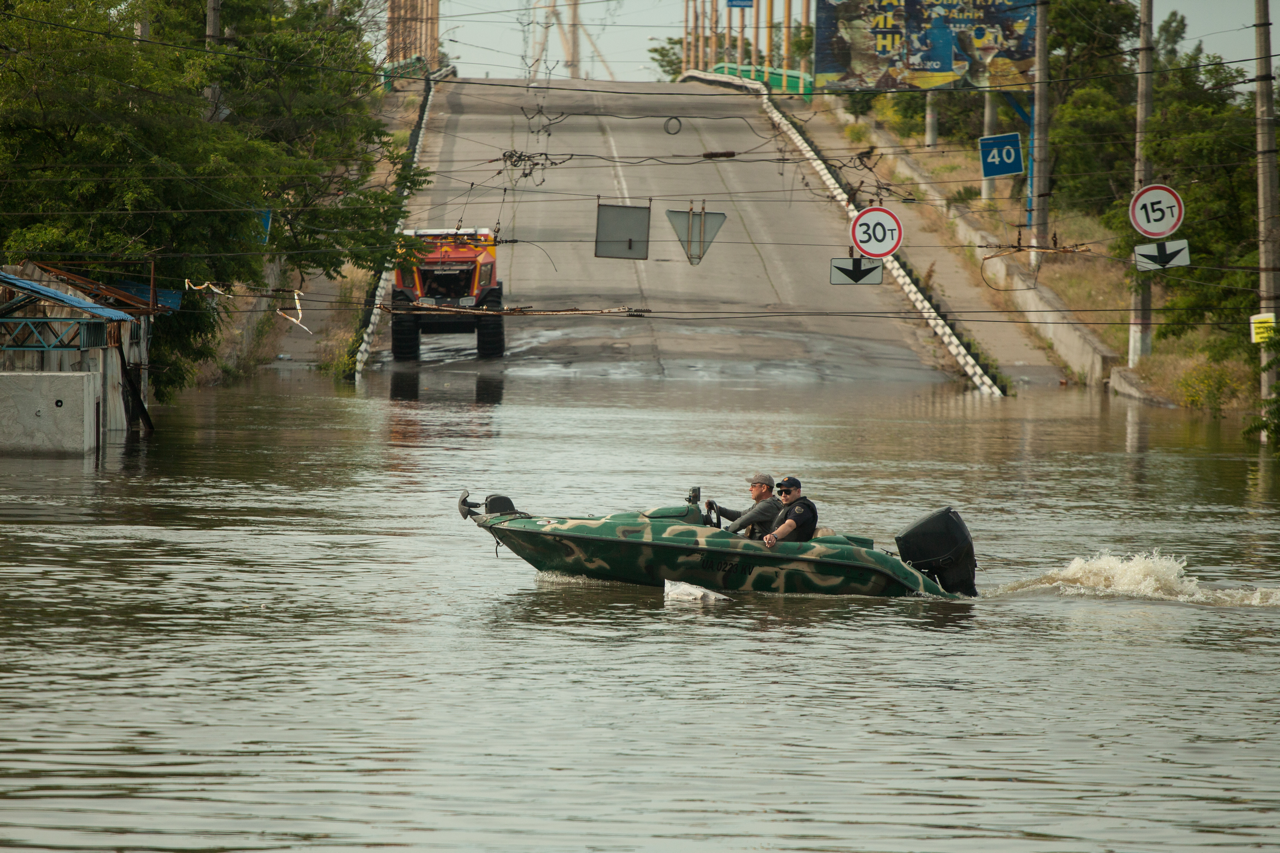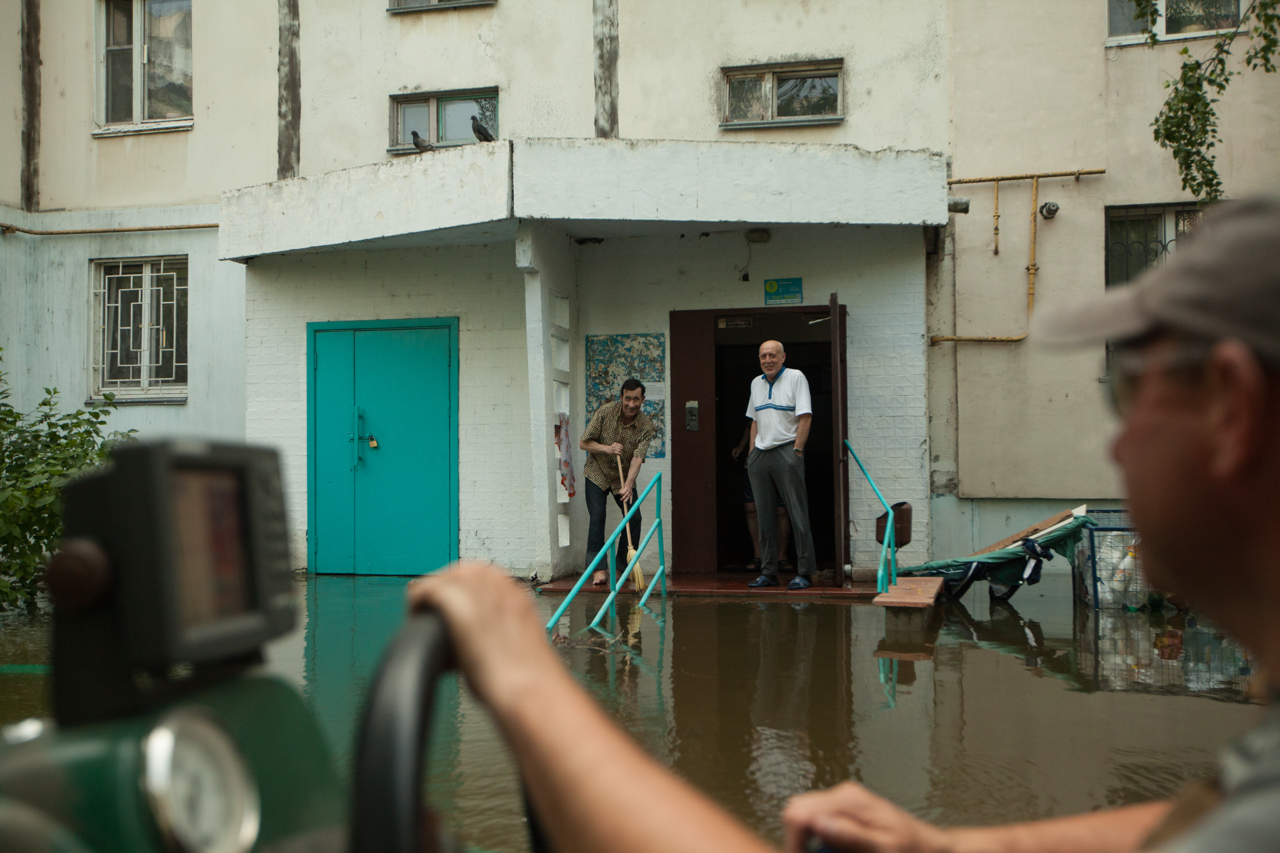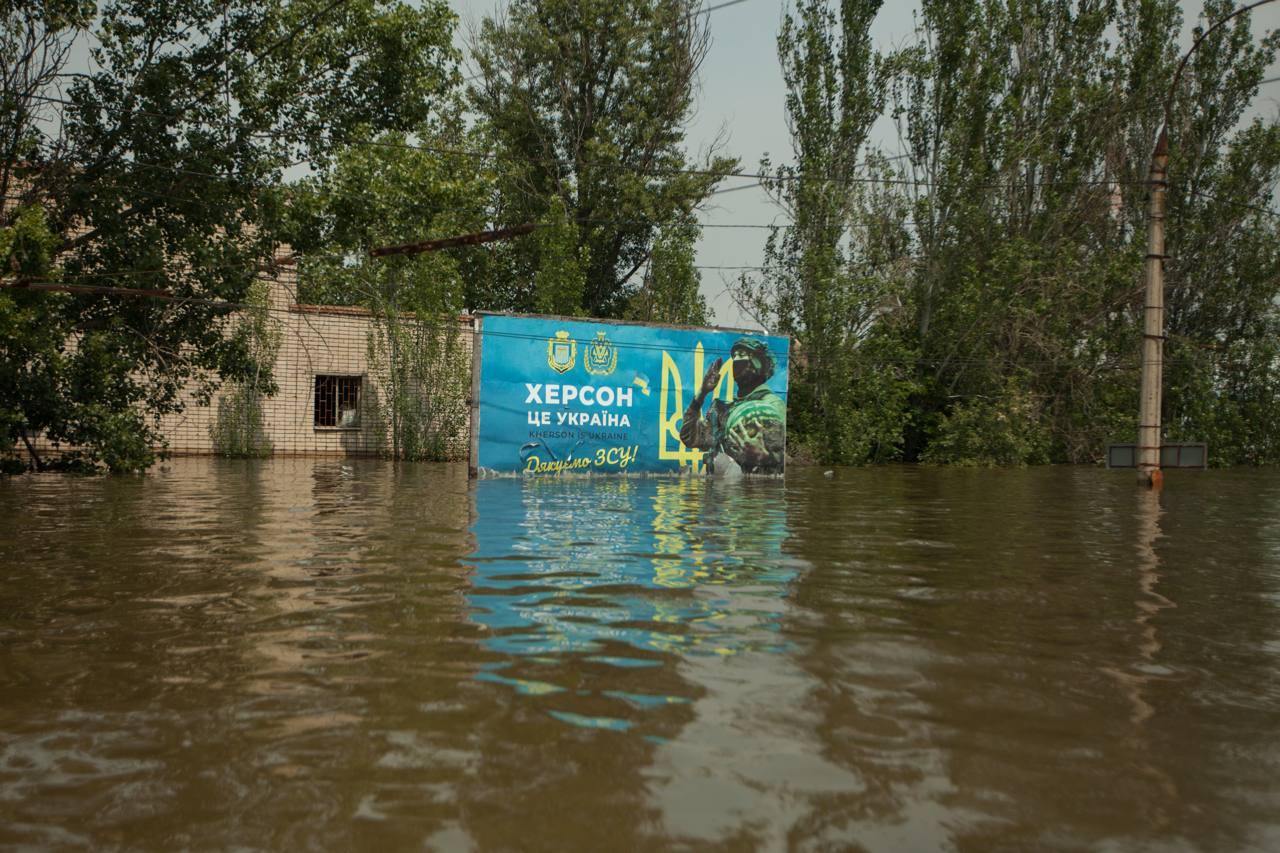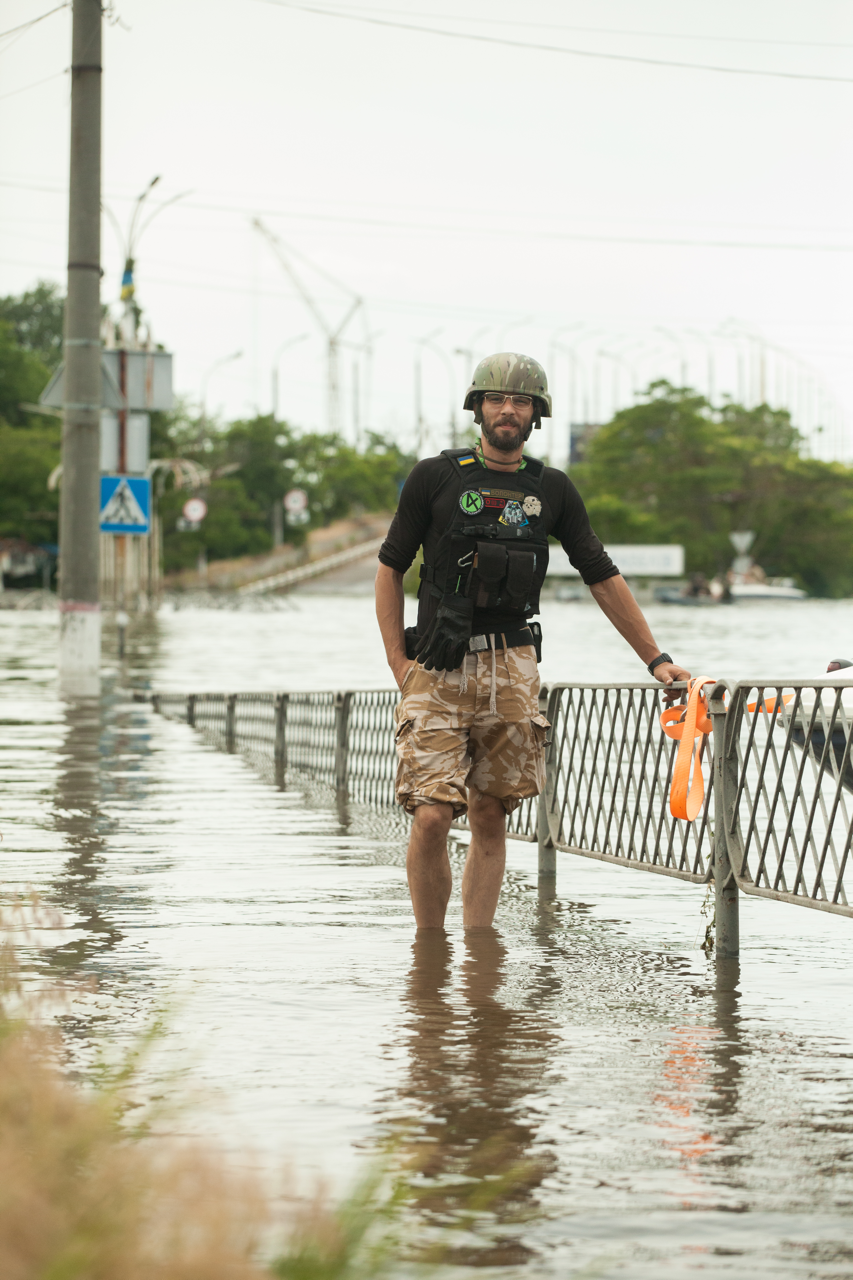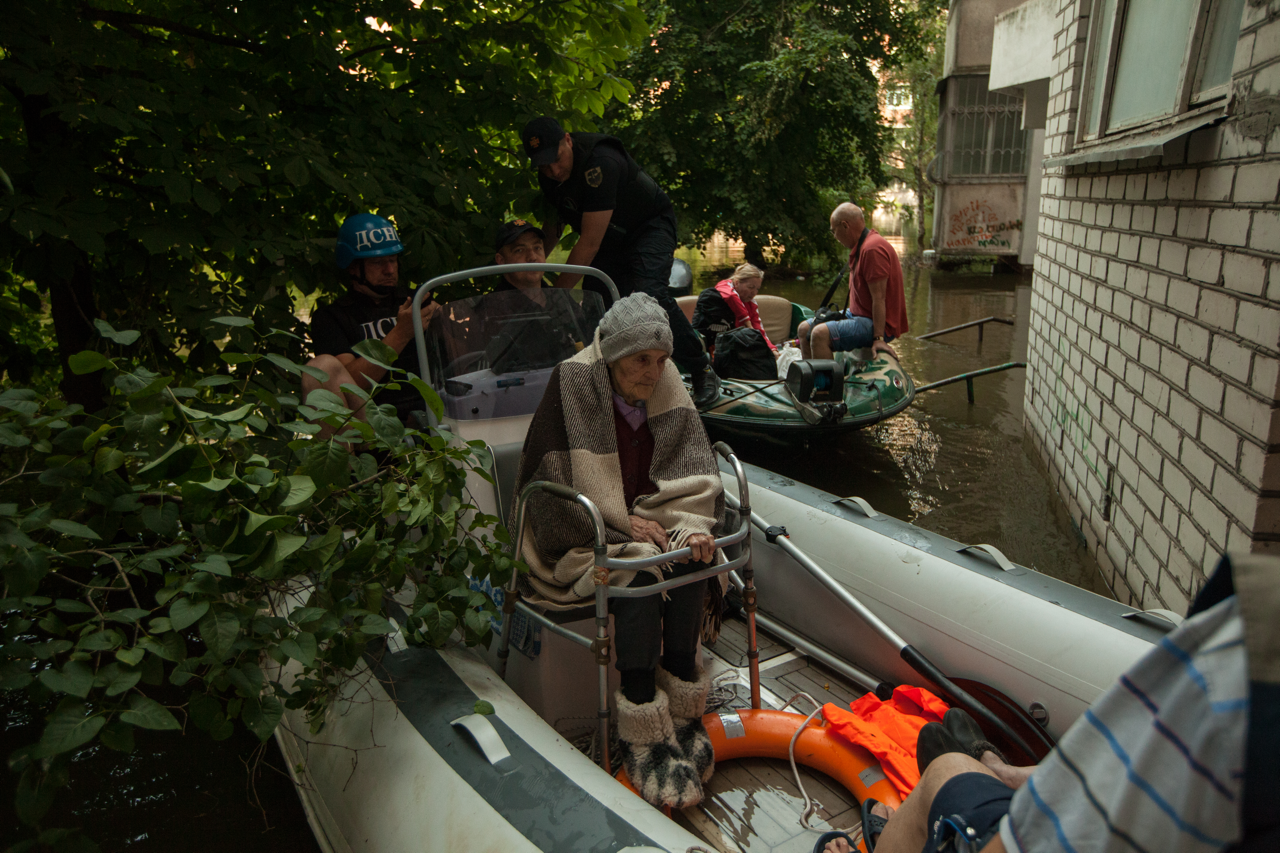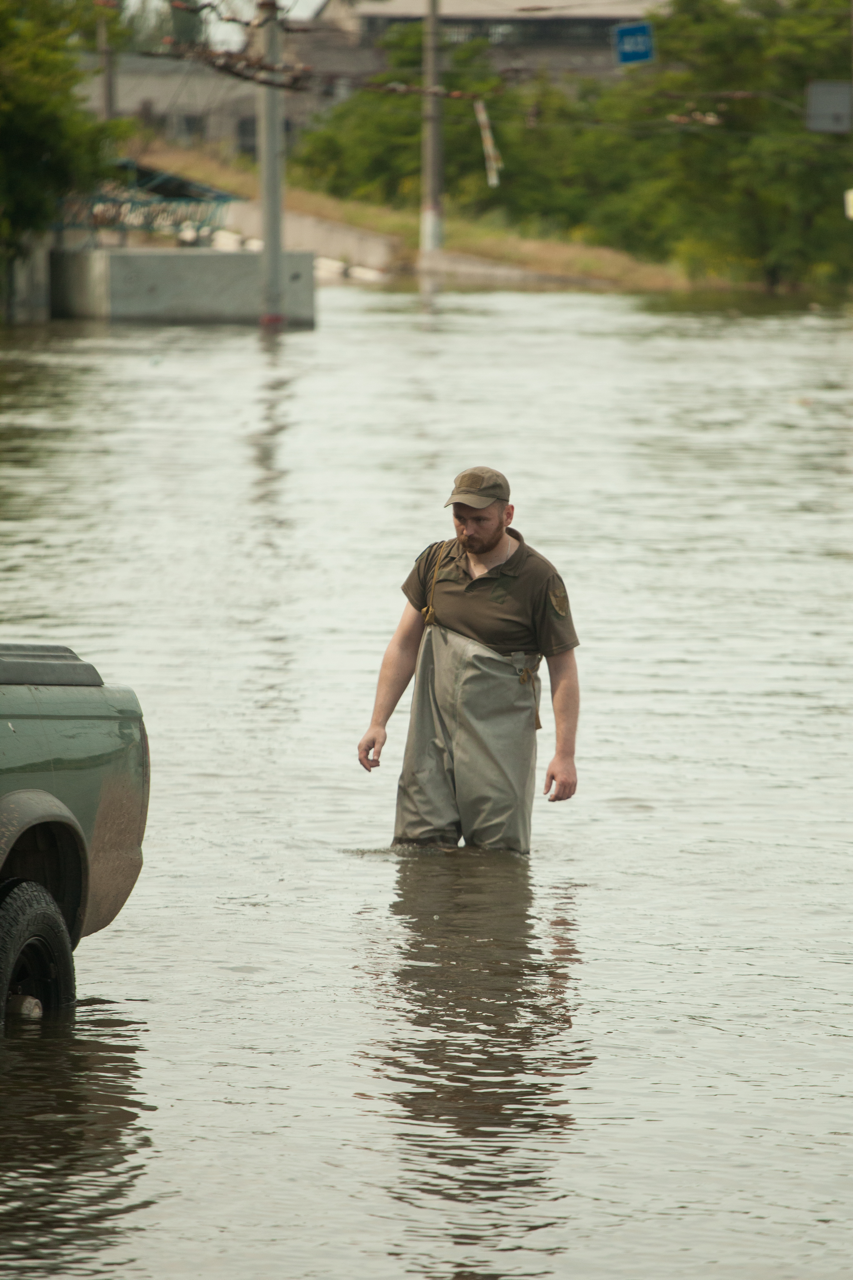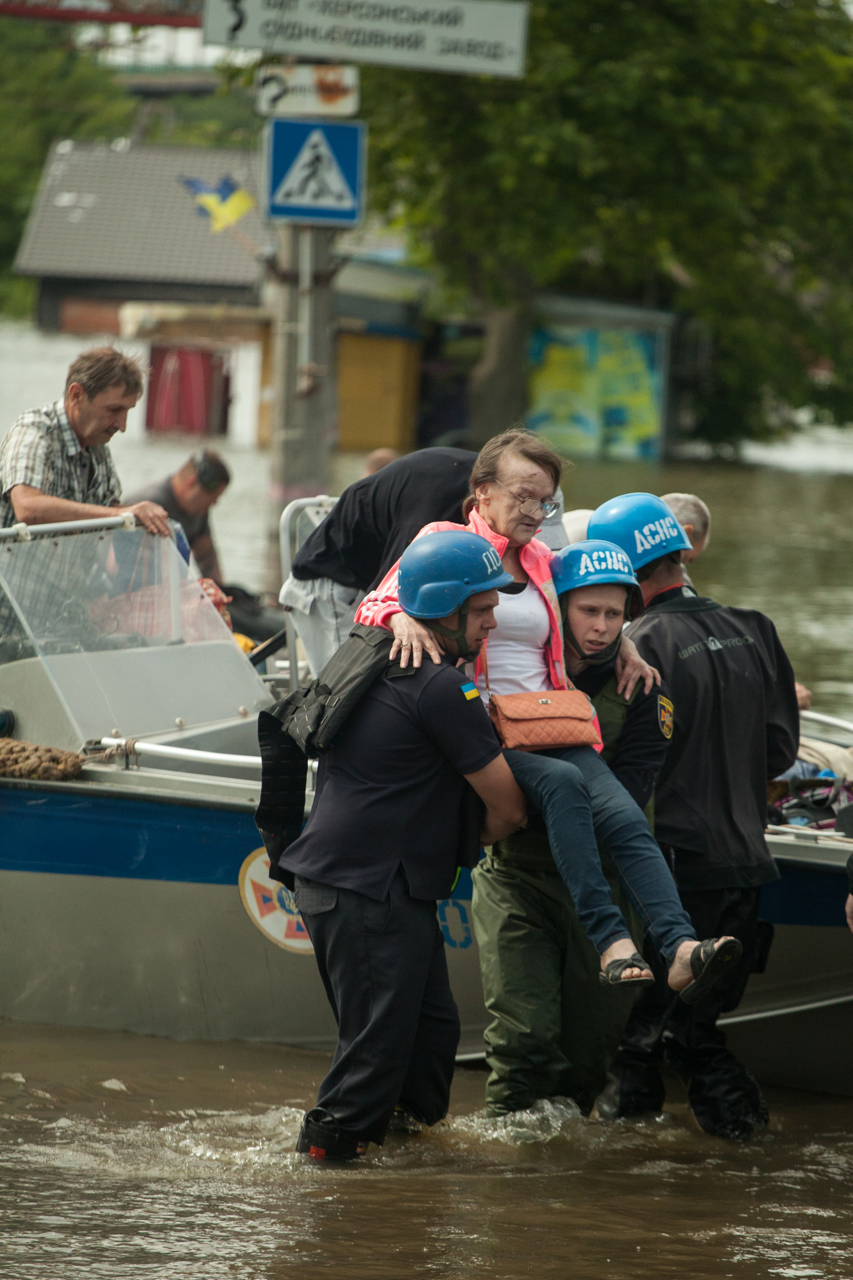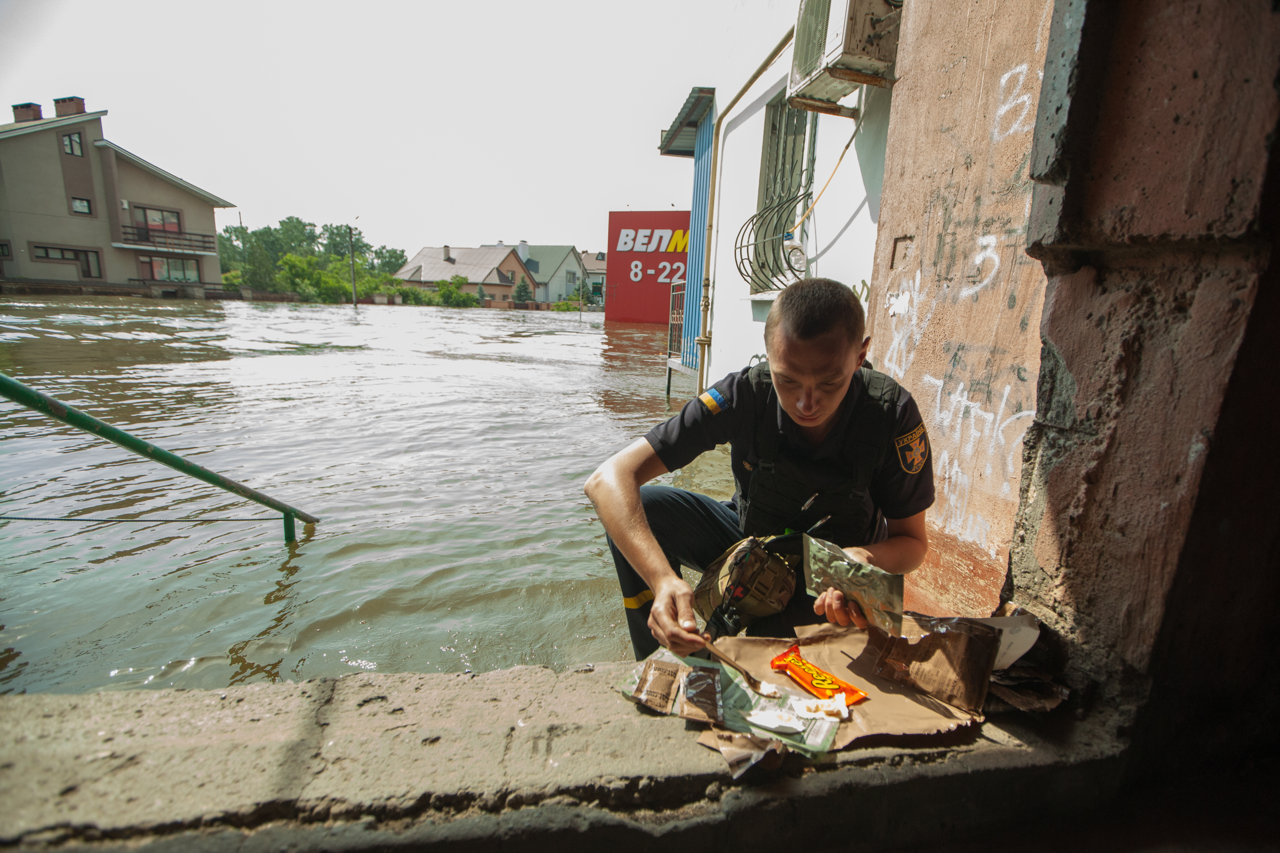CodeIT4Life Team in Flooded Areas
We couldn’t stand aside…
The CodeIT4Life Foundation provided assistance to the flooding victims. The flood was caused by the destruction of the Kakhovka Hydroelectric Power Station on the 6th of June 2023.
Our priority was to help people with evacuation, providing food, water, and medication.
A group of volunteers from CodeIT4Life in the flooded area assisted the local State Emergency Service in evacuating the affected individuals using motorboats.
As part of our aid efforts, we purchased and donated pumps for flood recovery, a water purification station that provided drinking water for the community, hoses, and tools for dealing with the aftermath of the flooding and shelling to two local volunteer organizations. Additionally, we supported the State Emergency Service with sleeping bags, sleeping mats, folding beds, tools, and household chemicals. We also provided the affected population with food, necessary medications, and household supplies.
Thank you for supporting our initiative!
Why it's important?
1. Deprivation of water supply
The terrorist attack on the Kakhovka Hydroelectric Power Station has effectively cut off water sources for 94% of irrigation systems in the Kherson region, 74% in the Zaporizhia region, and 30% in the Dnipropetrovsk region.
2. Significant change in the landscape of the southern part of Ukraine.
3. Loss of a large number of fish, invertebrates, mollusks, crustaceans, and rare animals that inhabit these territories.
4. Alteration of the climate regime of the region, potentially turning Ukraine into a new desert with all the associated consequences such as decreased precipitation, dust storms, and increased temperatures.
5. The flooding of landfills and the mass death of animals and fish may also lead to the activation of infectious agents such as viral hepatitis, cholera, and botulism.
6. Potential nuclear catastrophe of global scale. The dam also served another important role – maintaining the water level in the Kakhovka reservoir, which in turn helped maintain the cooling pond capacity of the largest nuclear power plant in Europe, the Zaporizhia Nuclear Power Plant.


